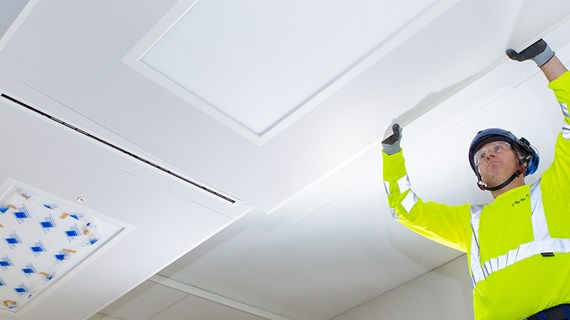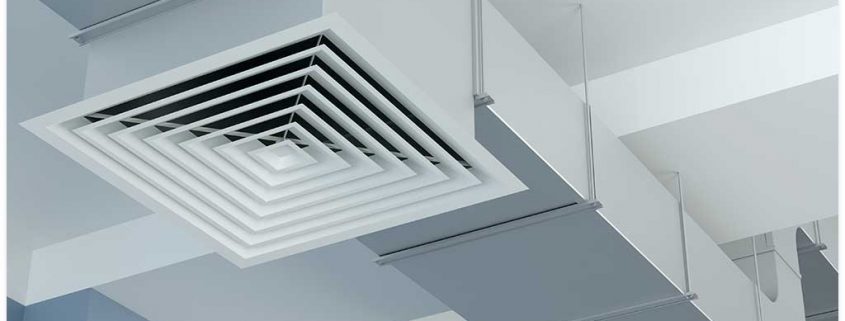Importance of Ventilation
People spend up to 90% of their time indoors and breathe thousands of litres of air each day. Ventilation aims at creating healthy and cosy indoor air in the building. Healthy indoor air is crucial in terms of well-being, even though it is not as concrete as food, water or motion.
It is important to pay attention to the exchange of air for the following reasons.
- Cooking, dishwashing, washing, taking a sauna bath, washing clothes and breathing produce humidity. Smokes and odours that are eliminated efficiently by ventilation.
- Low oxygen content causes headaches and fatigue. Efficient ventilation keeps the carbon dioxide level sufficiently low and makes the residents feel better and more active.
- Ventilation removes the emissions caused by construction and furnishing materials from indoor air.

Common Home Ventilation Problems
Negative Pressure
Homes are sometimes so airtight that they have negative pressure. Think of your indoor space as a juice box. When you reach the point where you suck the contents of the juice box dry, its sides start caving in because of the pressure. Air then rushes back in the moment you stop sucking on the drinking straw.
A similar thing happens in an airtight home. Exhaust systems suck the air from the home little by little, resulting in negative pressure. Air is then drawn into crevices, gaps and other areas that aren’t intended for air intake.
Indoor Air Pollutants
According to the U.S. Environmental Protection Agency (EPA), poor indoor air quality is one of the top five health hazards that affect today’s homes. This is due to the accumulation of volatile organic compounds (VOCs). Which are particulates that are continuously emitted by common household items such as paint and plastics. While they’re harmless in small amounts, without proper indoor ventilation these pollutants can cause respiratory problems, as well as create conditions where mold can thrive.
Solving These Problems
The solution to ventilation problems is a combination of best practices and proper HVAC design. Opening the windows for at least 15 minutes a day can flush out indoor air pollutants, as well as relieve negative pressure. To facilitate air flow, there should be two windows opened: one acts as the exhaust vent. The other as the intake vent.
A properly-designed HVAC system allows for adequate ventilation. After all, that’s what the “V” in “HVAC” stands for. There are various types of ventilation systems that can be integrated into air conditioning and heating systems. Instead of choosing one on your own, you should have an HVAC professional determine the one that will work best with your existing HVAC system.


